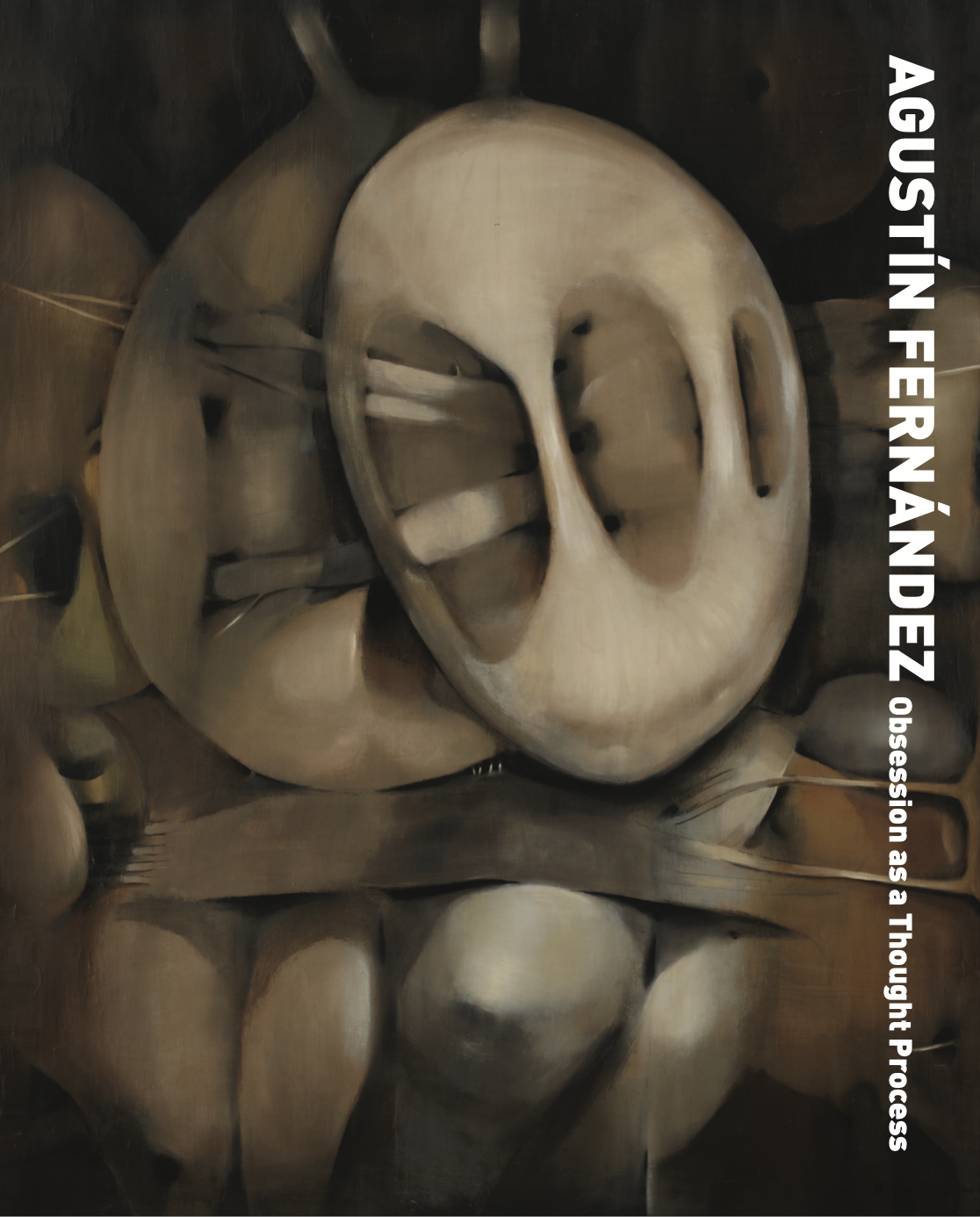
Obsession as a Thought Process is the third in a series of thematic catalogues published by the Agustín Fernández Foundation as part of its ongoing effort to promote scholarship about the artist and expand the documentation available on Fernández’s large body of work. The catalogue’s central essay, On Agustín Fernández’s Becoming a Desiring Archipelago, is written by Dr. Francisco Godoy Vega. In this new piece, Godoy Vega sees the artist as a “desirous cartographer:” Fernández is both isolated and struggling for connection through a forever changing oeuvre, reminiscent of the at times forceful clash between his native Caribbean culture and imposed, hierarchical European norms. Significantly, Godoy Vega’s contribution reaffirms Fernández’s Caribbean roots and relates his work to greater Latin American intellectual worldviews. Moreover, Godoy Vega’s analysis of Fernández’s work through a Deleuze and Guattari framework of “desiring-machines” presents a novel and compelling interpretation of Fernández’s unusual imagery.
This catalogue also includes a text written by Cuban-American, Gustavo Valdés, who knew both Agustín and his wife, Lía, very well. Mr. Valdés provides an important remembrance of the artist and a window into his relationship with fellow Cuban artists. He also recreates a vivid and faithful portrait of Fernández’s wit and personality.
The catalogue also presents excerpts from an interview Mr. Valdés conducted with Fernández in the winter of 2000. Through Mr. Valdés’ astute questions, this rare interview helps the reader gain a more personal understanding of who Agustín was, both as a painter and a man. The answers offer a treasure trove of valuable clues to decipher Fernández’s perplexing body of work.
Finally, to allow the artist to speak directly to the reader, the catalogue also presents short selections from his unpublished memoirs, Farewell to the Baroque. The extracts were selected to buttress Godoy’s main arguments by stressing the importance of geography, fauna and flora, as well as cultural history in Fernández’s thought process.